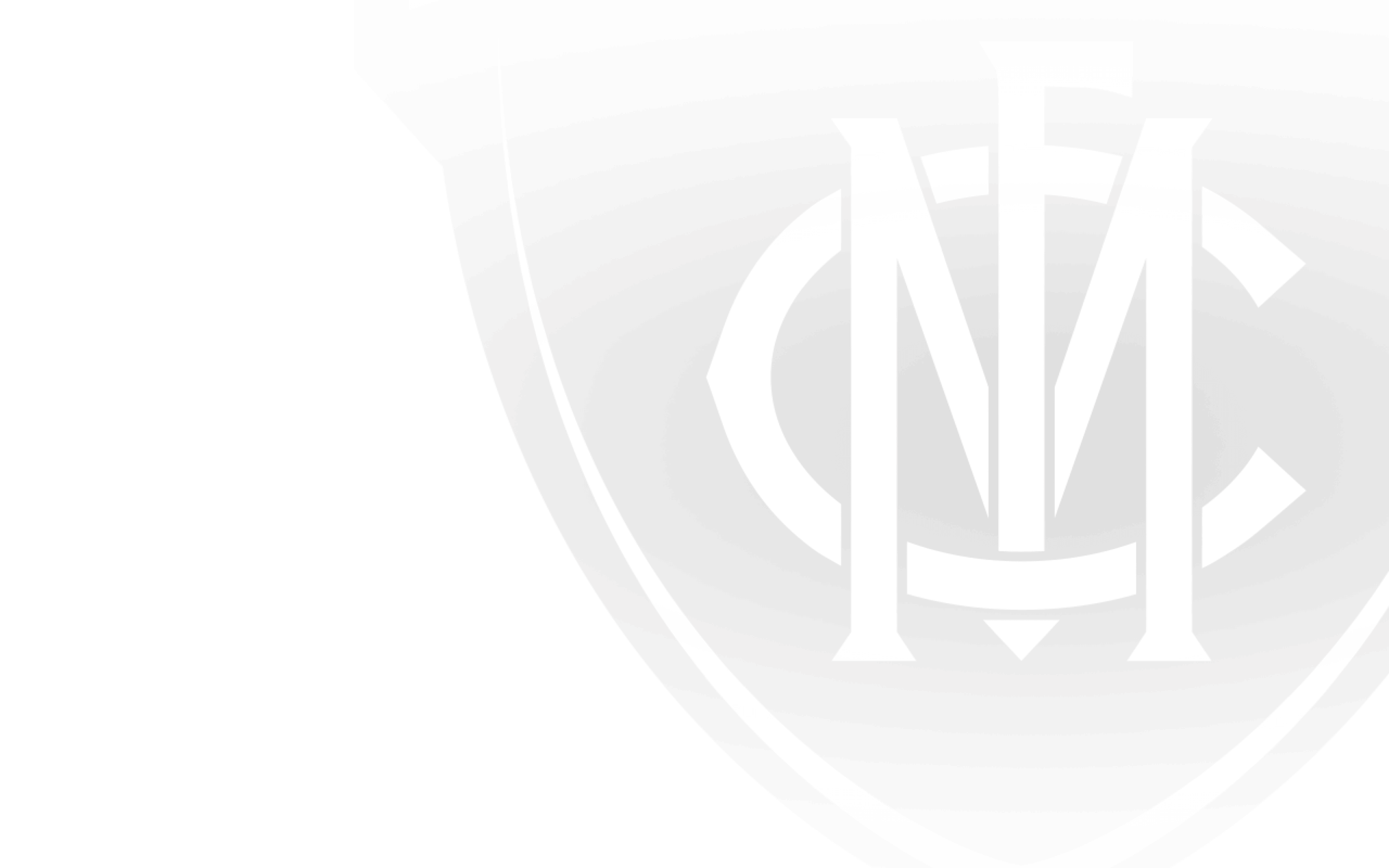THE fact that Melbourne and the ‘f’ word have been linked together this year has been a welcome storyline from recent times.
Although the prospect of September action all but ended on Sunday – when Melbourne went down in disappointing circumstances to St Kilda by 36 points at Etihad Stadium – the fact it remains a ‘mathematical’ chance reinforces how far the team has come in 2016.
Mathematical chances, entering round 18, haven’t been talked about at Melbourne for five years.
But as coach Paul Roos said, the objective when he took over a team that had won just two matches in 2013 was about building for the future.
“It’s mathematically possible [to make the finals this year], but our goal has always been – as a team when we started two and a half years ago – was about reshaping the list and getting a more competitive team and coming up the ladder,” he said.
“We’ll play finals, when we’re good enough to play finals. At the moment, we’re not good enough to play finals.
“Next week, we play against West Coast and we need to improve to compete against them.”
It’s also worth noting that Melbourne has been on the cusp of the top eight all season. It hasn’t got any higher than ninth, but it hasn’t dropped any lower than 11th.
In fact, it has been ninth on the ladder at the end of six rounds, 10th on eight occasions and 11th just three times – including entering round 18.
That’s a far cry from recent seasons, when hovering around the last half a dozen on the ladder – in particular the bottom four – has been a regular feature in the past 10 years.
In fact, Melbourne’s best finish, since its most recent finals appearance in 2006, is 12th in 2010. Otherwise it has finished 13th twice, 14th once, 16th three times and 17th twice.
Given Melbourne has a great opportunity to finish the season in its best ladder position since 2006 again shows the team has made strides in 2016 – even if there has still been a few infuriating losses, which used to be the norm.
But Roos said the ladder will always be the best indication of where the teams are ranked.
“The ladder is there for a reason, and it happens when it’s ready to happen, so all of this talk about mathematical [chances] is really semantics isn’t it?” he said.
“The ladder is going to be the best eight teams at the end of the year.
“If we’re good enough this year, we’ll get there. It looks unlikely, but if we’re good enough next year – we’ll get there. That’s what we’re trying to do – we’re trying to get an upward trajectory in terms of where we want to head.”
Make no mistake, the next six weeks represents a massive opportunity for Melbourne.
And that’s not even considering finals.
Breaking losing streaks against West Coast Eagles, Hawthorn and Port Adelaide are great challenges.
Getting further game time into a host of youngsters, yet to play 50 games, including the likes of Brayshaw, Harmes, Hogan, Hunt, Frost, Kent, O.McDonald, Neal-Bullen, Oliver, Petracca, Salem, Stretch, vandenBerg, Wagner and White remains critical for the future.
Knocking off some top eight teams and winning on the road are also goals Melbourne will aim for, before Roos hands the position over to Simon Goodwin.
But ultimately, developing the overall list in the last six games is as crucial as anything before the handover, according to Roos.
“I think the main thing for us – and we spoke about this as a coaching group – and that’s we’ve got to keep educating. We believe we’ve got some really good young players, but we’ve got to keep educating them on what’s required,” he said.
“It’s more about what we can get out of the next six weeks with that young group, because I believe the list is really talented.
“I think it’s more about what we can get out of this year and hopefully educate as best as we can for the remaining six weeks.”


